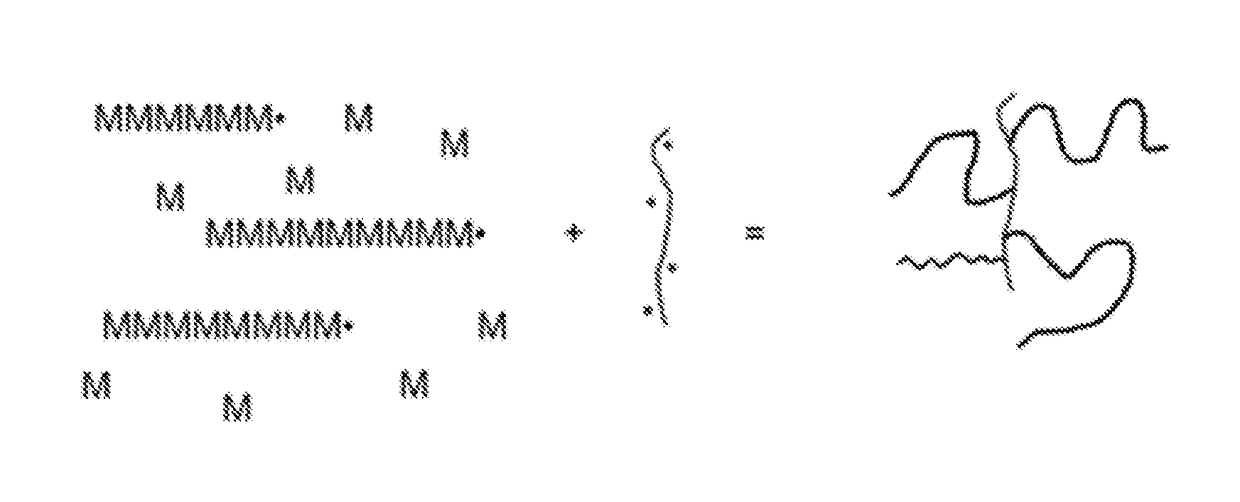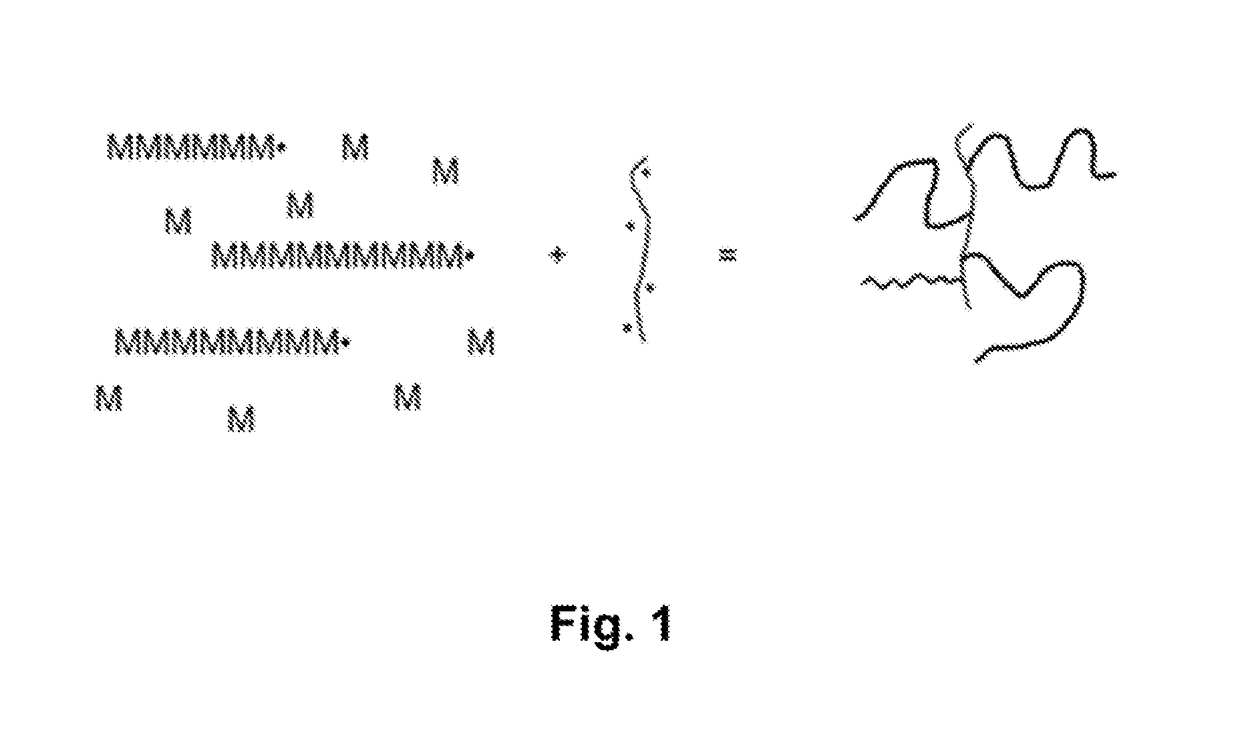Method for treating suspensions of solid particles in water using comb like polymers
- Summary
- Abstract
- Description
- Claims
- Application Information
AI Technical Summary
Benefits of technology
Problems solved by technology
Method used
Image
Examples
example 2
[0095]Polymers 1-7 are stirred into tap water in order to afford aqueous solutions having a concentration of 0.4 wt % of polymer with respect to the total weight of the solution. All of these solutions are mechanically stirred at 500 rpm until complete solubilization of the polymers and obtaining clear and homogeneous solutions. Flocculation tests have been carried out using Mature Fine Tailings (MFT) having a solid content of 33.7 wt %.
[0096]For each test, the appropriate volume of polymer solution was added into 200 g of MFT and then the whole mixture was mixed manually until flocculation and water release were observed.
[0097]Results displayed in Table 2 show that the use of partially hydrolyzed poly vinyl acetate of example 1 as multifunctional free radical transfer agent increases the water release from the flocculated sludge when compared to the reference (Polymer 1). Polymers prepared from partially hydrolyzed poly vinyl acetate having a molecular weight...
example 3
[0098]Polymers 1 and 7-15 are stirred into tap water in order to afford aqueous solutions having a concentration of 0.4 wt % of polymer with respect to the total weight of the solution. All of these solutions are mechanically stirred at 500 rpm until complete solubilization of the polymers and obtaining clear and homogeneous solutions.
[0099]Flocculation tests have been carried out using Mature Fine Tailings (MFT) having a solid content of 35.1 wt %.
[0100]For each test, the appropriate volume of polymer solution was added into 200 g of MFT and then the whole mixture was mixed manually until flocculation and water release were observed.
[0101]Results displayed in Table 3 show that an optimum in partially hydrolyzed poly vinyl acetate dosage exists and strongly impacts the flocculation. In this particular case, polymer 12 containing 30,000 ppm of high molecular weight partially hydrolyzed poly vinyl acetate (120,000-130,000 g / mol) exhibits the best flocculating pr...
example 4
of Improvement Due to the Comb-Like Macromolecular Architecture of the Water-Soluble Polymer
[0102]Blend A is a mixture of 2 linear polymers (97 wt % of polymer 1+3 wt % of partially hydrolyzed poly vinyl acetate 120,000-130,000 g / mol). It has the same chemical composition as polymer 12, but polymer 12 has been prepared by polymerization of acrylamide and acrylic acid in the presence of partially hydrolyzed poly vinyl acetate. Polymer 12 has therefore a comb-like structure while polymer 1 and partially hydrolyzed poly vinyl acetate are linear polymers.
Blend A has been mixed according to the method described in example 3 and carried out in order to flocculate sludge 2 having a solid content of 35.1 wt %.
[0103]Results presented in Table 4 show that the partially hydrolyzed poly vinyl acetate needs to be added to the monomers before the polymerization starts in order to initiate the comb-like macromolecular architecture. The blend of a linear flocculant (i.e. Polymer 1) and the unreacte...
PUM
| Property | Measurement | Unit |
|---|---|---|
| Fraction | aaaaa | aaaaa |
| Fraction | aaaaa | aaaaa |
| Fraction | aaaaa | aaaaa |
Abstract
Description
Claims
Application Information
 Login to view more
Login to view more - R&D Engineer
- R&D Manager
- IP Professional
- Industry Leading Data Capabilities
- Powerful AI technology
- Patent DNA Extraction
Browse by: Latest US Patents, China's latest patents, Technical Efficacy Thesaurus, Application Domain, Technology Topic.
© 2024 PatSnap. All rights reserved.Legal|Privacy policy|Modern Slavery Act Transparency Statement|Sitemap


